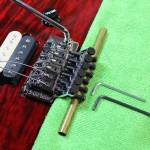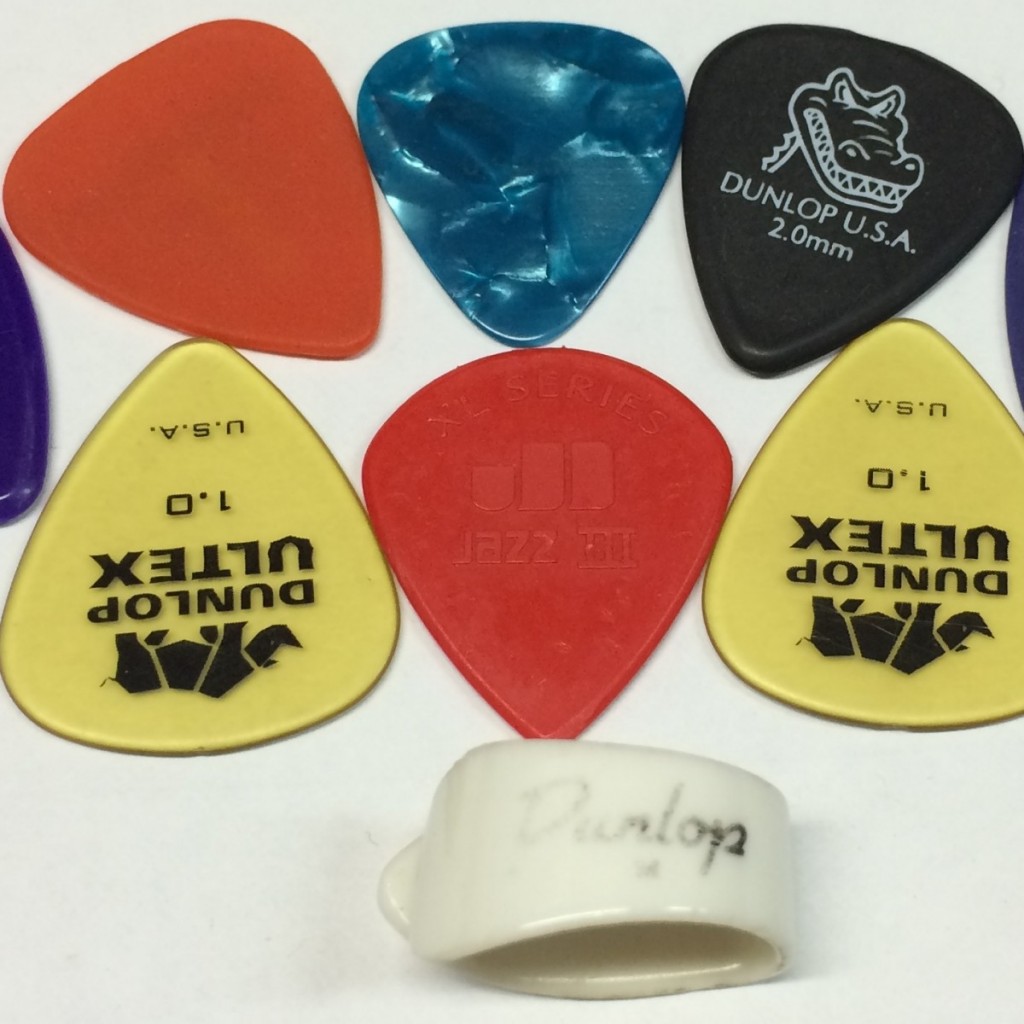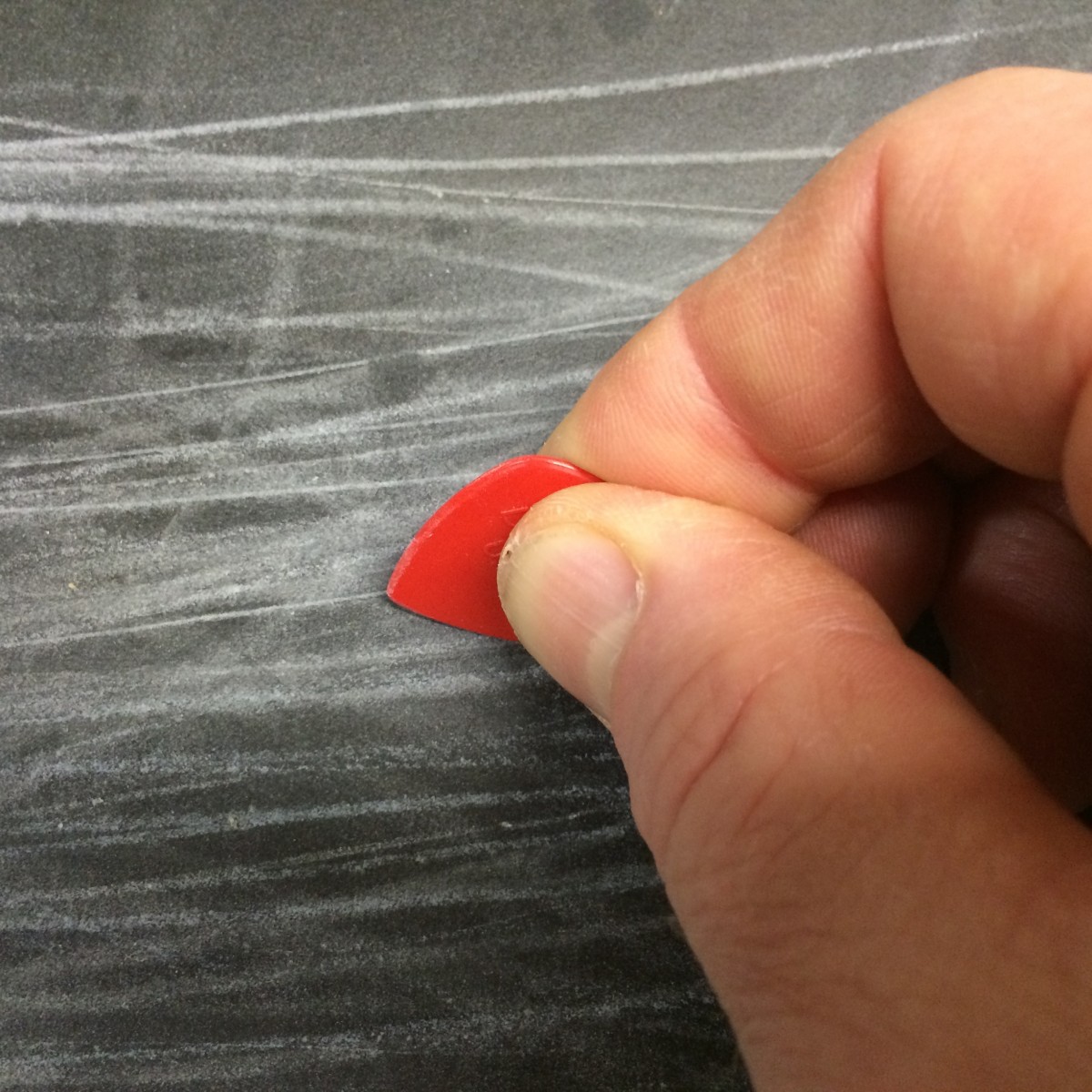Double How Fast You Learn
Making one small change to the way you practice can make a huge difference in how quickly you gain new skills.

When you’re trying to learn something new — like, say, making that new sales demo really sing — you need to practice. When you’re trying to gain expertise, how much you practice is definitely important.
But even more important is the way you practice.
Most people simply repeat the same moves. Like playing scales on the piano, over and over again. Or going through the same list of vocabulary words, over and over again. Or, well, repeating anything over and over again in the hopes you will master that task.
Not only will your skills not improve as quickly as they could, in some cases, they may actually get worse.
According to research from Johns Hopkins, “What we found is if you practice a slightly modified version of a task you want to master, you actually learn more and faster than if you just keep practicing the exact same thing multiple times in a row.”
Why? The most likely cause is reconsolidation, a process where existing memories are recalled and modified with new knowledge.
Here’s a simple example: trying to get better at shooting free throws in basketball. The conditions are fixed. The rim is always 10 feet above the floor. The free throw line is always 15 feet from the basket.
In theory, shooting from the same spot, over and over again, will help you ingrain the right motions into your muscle memory so your accuracy and consistency will improve.
And, of course, that does happen — but a better, faster way to improve is to slightly adjust the conditions in subsequent practice sessions.
Maybe one time you’ll stand a few inches closer. Another time you might stand a few inches to one side. Another time you might use a slightly heavier, or lighter, ball.
In short, each time you practice, you make the conditions a little different. That primes the reconsolidation pump — and helps you learn much more quickly.
But Not Too Different — or Too Soon
But you can’t adjust the conditions more than slightly. Do something too different and you’ll simply create new memories — not reconsolidated ones.
“If you make the altered task too different, people do not get the gain we observed during reconsolidation,” the researchers say. “The modification between sessions needs to be subtle.”
And you’ll also need to space out your practice sessions appropriately.
The researchers gave the participants a six-hour gap between training sessions, because neurological research indicates it takes that long for new memories to reconsolidate.
Practice differently too soon and you haven’t given yourself enough time to “internalize” what you’ve learned. You won’t be able to modify old memories — and therefore improve your skills — because those memories haven’t had the chance to become old memories.
So if you want to dramatically improve how quickly you learn a new skill, try this.
How to Learn a New Skill
The key to improvement is making small, smart changes, evaluating the results, discarding what doesn’t work, and further refining what does work.
When you constantly modify and refine something you already do well, you can do it even better.
Say you want to improve a skill; to make things simple, we’ll pretend you want to master a new presentation.
1. Rehearse the basic skill. Run through your presentation a couple of times under the same conditions you’ll eventually face when you do it live. Naturally, the second time through will be better than the first; that’s how practice works. But then, instead of going through it a third time …
2. Wait. Give yourself at least six hours so your memory can consolidate. (Which probably means waiting until tomorrow before you practice again, which is just fine.)
3. Practice again, but this time …
- Go a little faster. Speak a little — just a little — faster than you normally do. Run through your slides slightly faster. Increasing your speed means you’ll make more mistakes, but that’s OK — in the process, you’ll modify old knowledge with new knowledge — and lay the groundwork for improvement. Or …
- Go a little slower. The same thing will happen. (Plus, you can experiment with new techniques — including the use of silence for effect — that aren’t apparent when you present at your normal speed.) Or …
- Break your presentation into smaller parts. Almost every task includes a series of discrete steps. That’s definitely true for presentations. Pick one section of your presentation. Deconstruct it. Master it. Then put the whole presentation back together. Or …
- Use a different projector. Or a different remote. Or a lavaliere instead of a headset mic. Switch up the conditions slightly; not only will that help you modify an existing memory, it will also make you better prepared for the unexpected.
4. And then, next time, slightly modify another condition.
Keep in mind you can extend this process to almost anything. While it’s clearly effective for improving motor skills, the process can also be applied to nearly any skill.
Don’t do the same thing over and over again in hopes you’ll improve. You will, but not nearly as quickly as when you slightly modify the conditions in subsequent practice sessions — and then give yourself the time to consolidate the new memories you’ve made.
Keep modifying and refining a skill you already do well and you can do it even better.
And a lot more quickly.
That’s the fastest path to expertise.





